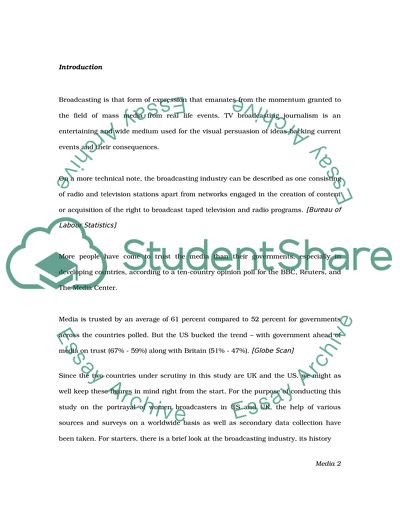Cite this document
(“Women of TV Broadcast Journalism in the UK versus the US Dissertation”, n.d.)
Women of TV Broadcast Journalism in the UK versus the US Dissertation. Retrieved from https://studentshare.org/media/1537513-women-of-tv-broadcast-journalism-in-the-uk-versus-the-usa
Women of TV Broadcast Journalism in the UK versus the US Dissertation. Retrieved from https://studentshare.org/media/1537513-women-of-tv-broadcast-journalism-in-the-uk-versus-the-usa
(Women of TV Broadcast Journalism in the UK Versus the US Dissertation)
Women of TV Broadcast Journalism in the UK Versus the US Dissertation. https://studentshare.org/media/1537513-women-of-tv-broadcast-journalism-in-the-uk-versus-the-usa.
Women of TV Broadcast Journalism in the UK Versus the US Dissertation. https://studentshare.org/media/1537513-women-of-tv-broadcast-journalism-in-the-uk-versus-the-usa.
“Women of TV Broadcast Journalism in the UK Versus the US Dissertation”, n.d. https://studentshare.org/media/1537513-women-of-tv-broadcast-journalism-in-the-uk-versus-the-usa.


